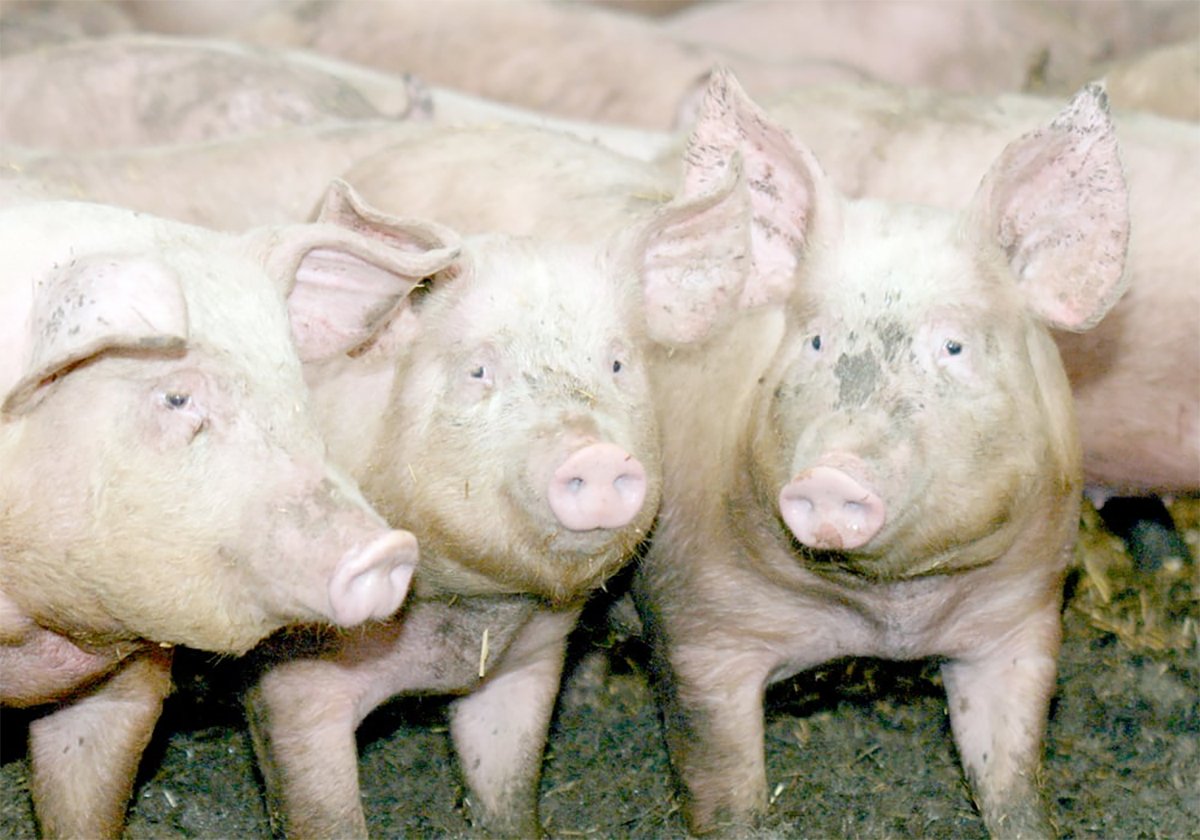Being shut out of foreign markets has cost Canadian beef producers as much as $280 per animal.
That is the value per carcass usually made through sales of offal and meats not normally consumed in Canada. Now these cuts are reduced to rendering value, said the president of the Canada Beef Export Federation.
“That premium isn’t available to us,” said Ben Thorlakson at the Alberta Beef Producers annual meeting Dec. 10.
However, a smattering of countries are restoring trade with Canada and they are buying offal products like livers, hearts and tongues.
Read Also

The Western Producer Livestock Report – November 13, 2025
Western Producer Livestock Report for November 13, 2025. See U.S. & Canadian hog prices, Canadian bison & lamb market data and sales insights.
“With each market that opens, this disadvantaged position of the Canadian industry is lessened,” he said.
Japan is the premier market for tongue, where the value is $18.78 per pound. In Canada, it is worth 35 cents a lb.
The skirt muscle was a popular export to Mexico, where it was priced at $14.09 per lb. In Canada, it is worth about $2.
Of all trading partners, Mexico has been most willing to do business again. It drafted specific protocols to accept live animals and beef, but backed off when the United States said it would shut off Mexican feeder exports if it accepted Canadian livestock.
The beef export federation’s original mandate was to expand sales to Asia. This remains a goal as more markets are expected to open next year in China, Hong Kong and South Korea. Japan is considered unlikely to accept Canadian beef until 2005 or later.
China is already willing to take bovine tallow and hides. Taiwan is accepting hides, semen and embryos. South Korea will buy hides and semen, but is not willing to resume trade until all product shipped there when the beef ban appeared is either destroyed or returned to Canada.
Japan remains a reluctant importer because it has had 10 BSE cases. Two recent cases in young animals are especially controversial.
Japanese scientists said it was a new variant of BSE but refused until recently to submit tissue samples for further study to the world centre in England.
As markets slowly reopen, Canada plans to continue shifting its dependency from American buyers to other customers.
In 1990, 95 percent of Canadian beef and cattle exports went to the U.S. In 2002, about 75 percent of exports were U.S. bound and the industry hopes that by 2010, only 45 percent will be sent there.















